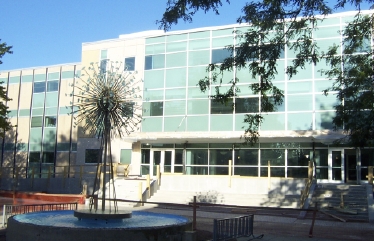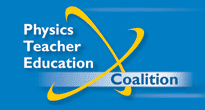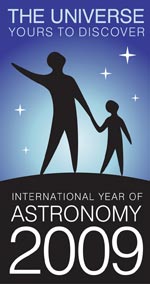
Radioactivity Virtual Laboratory
Neutron Activation and Decay Experiments
Laboratory Experiments and Demonstrations on Neutron Activation and Radioactive Decay for Classroom Instruction
Table of Contents
- Laboratory Manual, Activities and Laboratory Worksheets
- Video Introduction of the experiments.
- Neutron Activation and Decay Experiment (data and video)
- Shielding Demonstration of Reference Sources (video)
- Radioactive Objects (video)
- Useful Links and Information
-
Laboratory Manual and Instructions
-
Introduction
Welcome to this Website that contains experiments on radioactivity, neutron activation and radioactive decay. The primary purpose of this site is to provide a resource about the neutron activation process and how it can be used to create and identify radioactive isotopes. These videos and accompanying data contain a range of introductory radioactive experiments for students. These experiments offer a unique opportunity for students in institutions such as high schools or small colleges where a neutron source would be impractical or impossible to maintain. In the event that others will find this material useful, this manual has been created to act as a guide for possible pre-lab learning, laboratory experiments, homework activities, and demonstrations. The random access nature of this page and streaming video allow teachers to easily show only those parts of the video that will work best in their course or laboratory as well as contain all relevant data, images, and documentation. The experiments described on this page and accompanying videos below were filmed in 2005 and turned into a DVD and then converted into this on-line resource in 2016.
These videos were initially created to address the imminent removal of a PuBe "Neutron Howitzer" source that had been at the University of Wisconsin - Whitewater since 1968. With the impending loss of this source, students would be unable to perform a standard introductory laboratory activity, namely measurements of the radioactive decay of activated silver quarters. In this experiment, silver US quarters (c. 1940) were irradiated with neutrons, causing the stable silver atoms to turn into unstable silver atoms. Students then used a Geiger counter apparatus to repeatedly measure the decay counts occurring during a certain length of time, then plotted the decay rate over time and determined the half-life of the unstable silver atom. Although this activity had been an instructive and popular laboratory exercise, maintaining a 5 Curie source for the sole purpose of this one laboratory had become too burdensome to justify continued possession (and payment of additional license fees.)
A video recording of this popular laboratory was made so that students would still be able to view the laboratory. Recording the neutron activation process and using computer data acquisition during the experiment shows situations that were logistically not possible in our ordinary laboratory activity. Recording a set of other appropriate elements, some of which have a longer half-life was also conducted. In this manner, a virtual laboratory set has been created. In a single standard laboratory session, or as a homework activity, different student groups can watch different, but similar, experiments, analyze the recorded data from the different elements, and determine the half-life for their assigned element. In addition, several different sources show different shielding characteristics for α, β, and γ emissions.
Laboratory Activities and Worksheets.
- Background Information about Nuclear Decay
These activities are intended for students in a general or conceptual physic course.
Introduction Activity:
 Understanding Half-Life Activity (.pdf)
Understanding Half-Life Activity (.pdf)
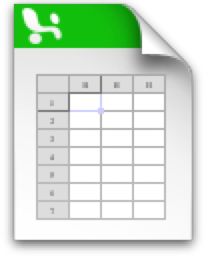 Understanding Half-Life Excel file (.xlsx)
Understanding Half-Life Excel file (.xlsx)
 Understanding Half-Life Teachers note (.pdf)
Understanding Half-Life Teachers note (.pdf)
Here is an introductory item that can be given to students to work on in class before the laboratory experiment. The "Understanding Half-life" activity provides a short experiment to act as a guide for basic understanding of half-life.  Summary information: Atoms, Radioactive Decay, and Neutron Activation.(.pdf)
Summary information: Atoms, Radioactive Decay, and Neutron Activation.(.pdf)
This one-page handout provides summary information about atoms, the radioactive decay process, notation on writing elements, and the neutron activation process.  A worksheet for students watching the introductory videos. (.pdf)
A worksheet for students watching the introductory videos. (.pdf)
This worksheet can be given to students as an activity to maintain attention and reinforce their understanding and comprehension of the material presented in the About atoms, radiation, and half-life and The Neutron Activation Process slide shows. Students can complete this worksheet while watching the slides. -
General Physics Course Activity
The following activity was designed for students in a one-semester survey of physics course. It uses the concepts of averages, natural logarithms, and exponentials.
 Introductory Tutorial relating to nuclear reactions (.pdf)
Introductory Tutorial relating to nuclear reactions (.pdf)
This is a small-group activity relating to radioactive decay. This activity takes approximately 60 minutes for groups to complete depending on their level. Solutions to the tutorial are provided. - Laboratory Instructions
 40 min. Lab Instructions (.pdf)
40 min. Lab Instructions (.pdf)
This is an introductory physics level activity that can be accomplished in 40 minutes relating to the experiments on this Website. The students watch a video relating to their chosen element and complete the laboratory worksheet to determine the element's half-life. Students will need access to the Student_Decay_Data_Simple.xls or Student_Decay_Data.xls data file.  2 hr. Lab (Algebra-based)
2 hr. Lab (Algebra-based)
This laboratory is suitable for students in a two or three-hour laboratory session for a two-semester algebra based physics course. This laboratory activity involves more analysis than the above lab. Students will need access to the Student_Decay_Data_Simple.xls or Student_Decay_Data.xls  3 hr. Lab (Calculus-based)
3 hr. Lab (Calculus-based)
This is a general guideline for students in a calculus-based physics course. This activity assumes more independent and student-directed work than the those above. It is designed for Introductory Calculus-based Physics / Advanced Activities with a three-hour lab session. Students will need access to the Student_Decay_Data_Simple.xls or Student_Decay_Data.xls
- Background Information about Nuclear Decay
These activities are intended for students in a general or conceptual physic course.
Introduction and Background Information
-
 Introduction
Introduction
-
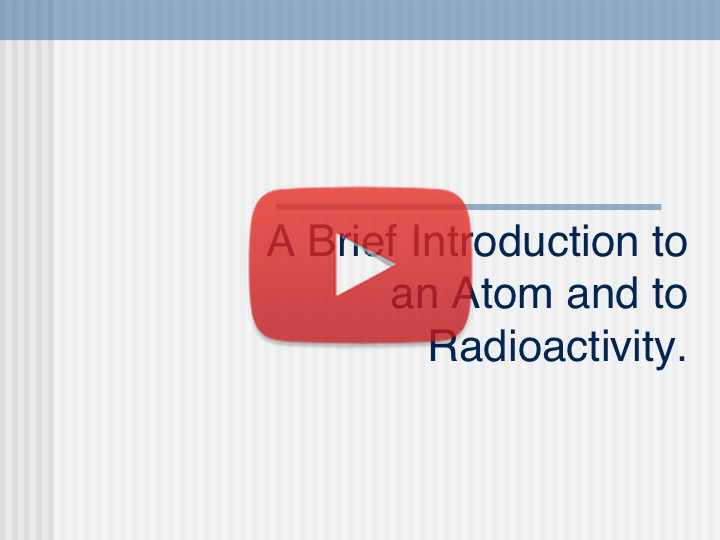 About Atoms and Radioactivity
About Atoms and Radioactivity
-
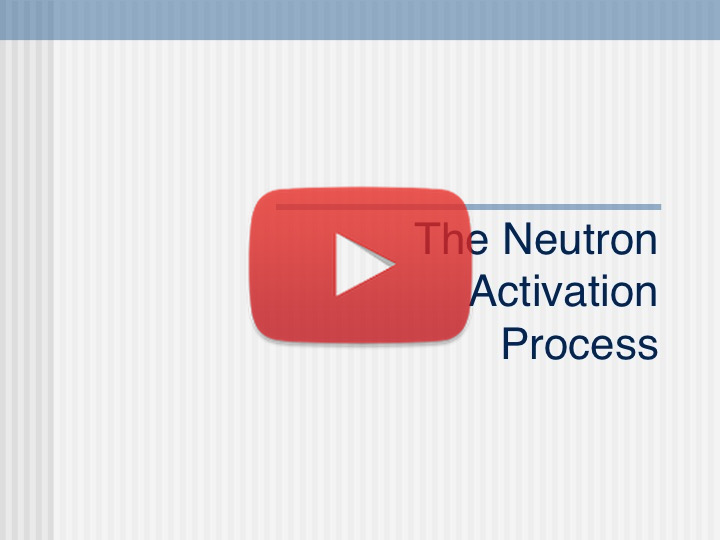 The Neutron Activation Process
The Neutron Activation Process
-
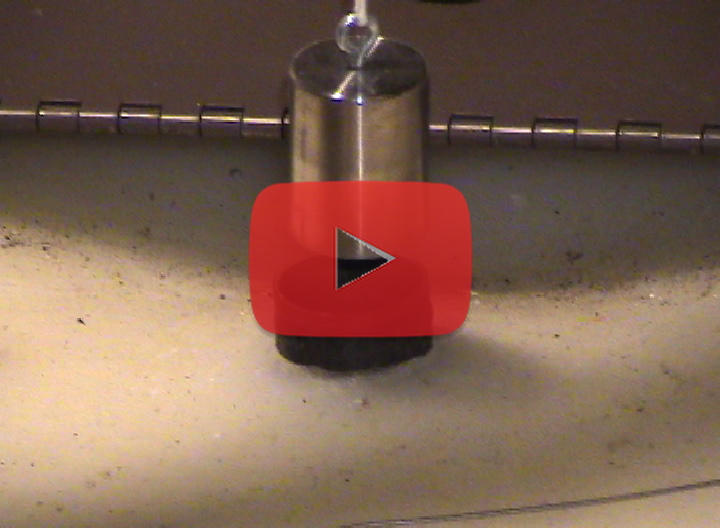 The Pu-Be Neutron Source and Background Measurement
The Pu-Be Neutron Source and Background Measurement
- Credits
Neutron Activation and Decay Experiments
-
 Student Decay Data Simple.xlsx All data with simplified analysis area. This is recommended for introductory courses.
Student Decay Data Simple.xlsx All data with simplified analysis area. This is recommended for introductory courses.
-
 Student Decay Data.xls All Data with open analysis area. This is appropriate for more advanced students.
Student Decay Data.xls All Data with open analysis area. This is appropriate for more advanced students.
-
Element Data shown in video Silver (Ag)

Video of Ag Experiment
Ag Decay Data (.xlsx)Aluminium (Al)

Video of Al Experiment
Aluminum Decay Data (.xlsx)Copper (Cu)

Video of Cu Experiment
Copper Decay Data (.xlsx)Indium (In)

Video of In Experiment
In Decay Data (.xlsx)New Pennies
(unknown element)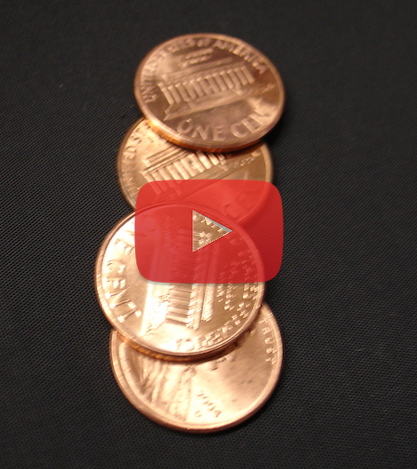
Video of Pennies Experiment
Pennies Decay Data (.xlsx) Shielding Demonstration of Reference Sources
-
Americium-241 (Am241)
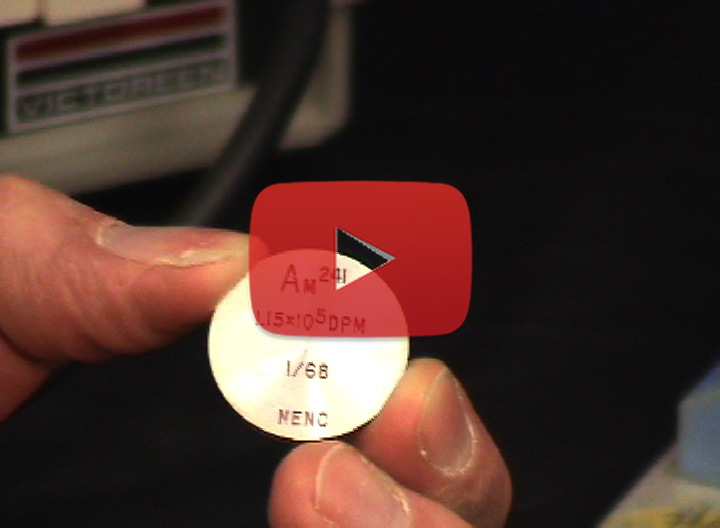 Alpha energy 5.64 MeV; Half-life = 432.2 yr.
Alpha energy 5.64 MeV; Half-life = 432.2 yr.
-
Carbon-14 (C14)
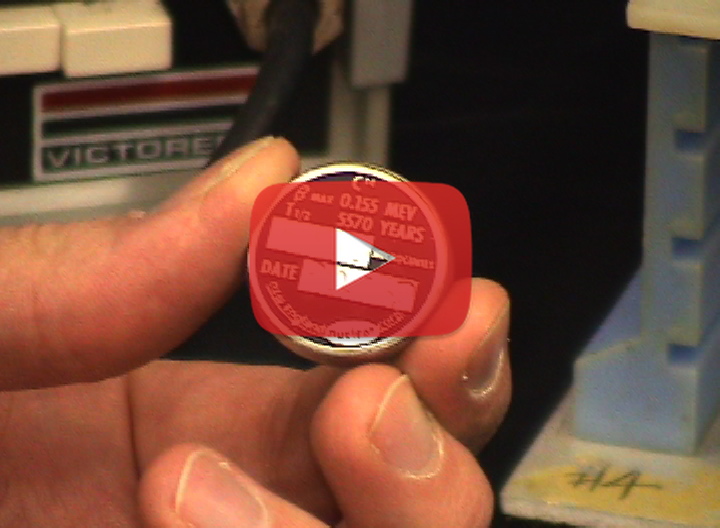 Beta energy = 0.155 MeV; Half-life = 5570 yr.
Beta energy = 0.155 MeV; Half-life = 5570 yr.
-
Cesium-137 (Cs137)
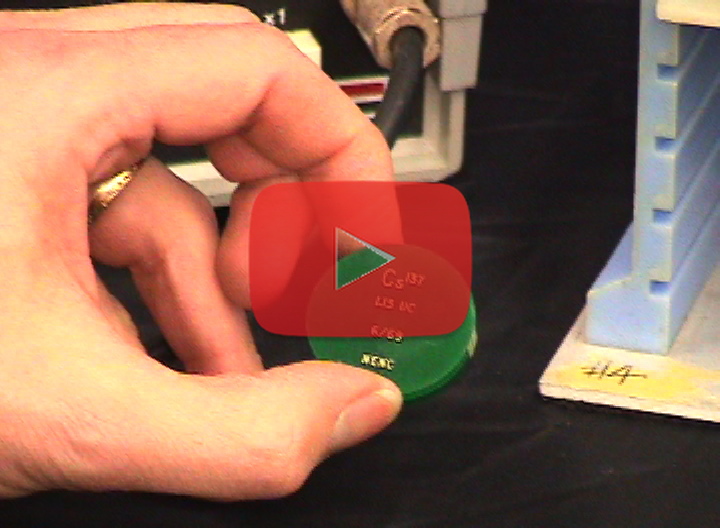 Gamma energy = 0.661 MeV; Half-life = 30.07 yr.
Gamma energy = 0.661 MeV; Half-life = 30.07 yr.
-
Cobalt-60 (Co60)
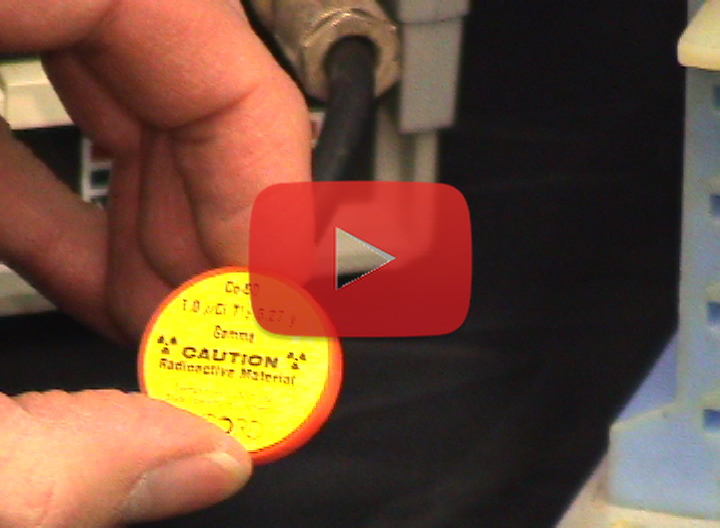 Gamma energy = 1.33 MeV; Half-life 5.27 yr.
Gamma energy = 1.33 MeV; Half-life 5.27 yr.
-
Reference Decay for several sample sources:
Am-241, Bi-210, C-14, Cs-137, Co-60 -
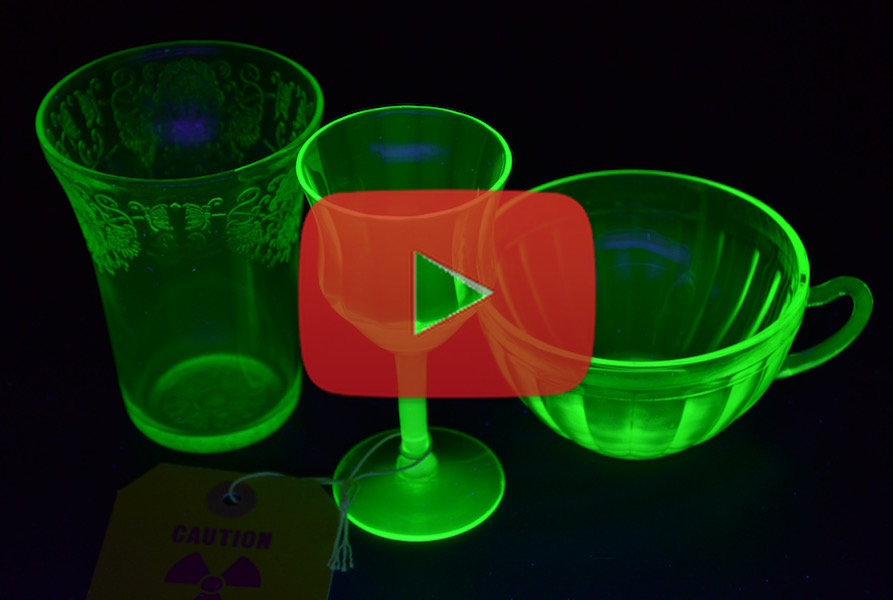 Uranium Glass Cups Here is a full res image of the glowing glasses Additional information about uranium glass.(Wikipedia)
Uranium Glass Cups Here is a full res image of the glowing glasses Additional information about uranium glass.(Wikipedia)
-
 Uranium glazed Pot
Uranium glazed Pot
-
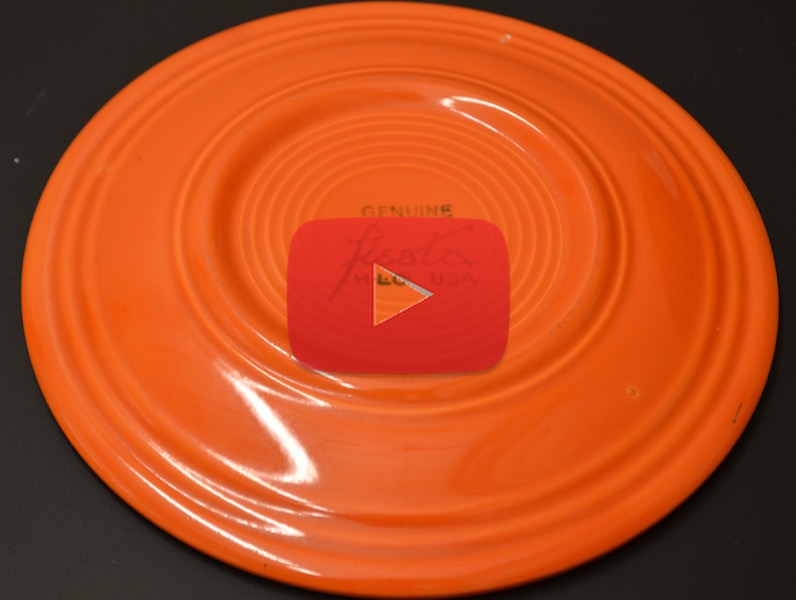 Antique Plates Note: these are antique plates, not new plates. Additional information about Fiesta plates and radioactive glazes.(Wikipedia)
Antique Plates Note: these are antique plates, not new plates. Additional information about Fiesta plates and radioactive glazes.(Wikipedia)
-
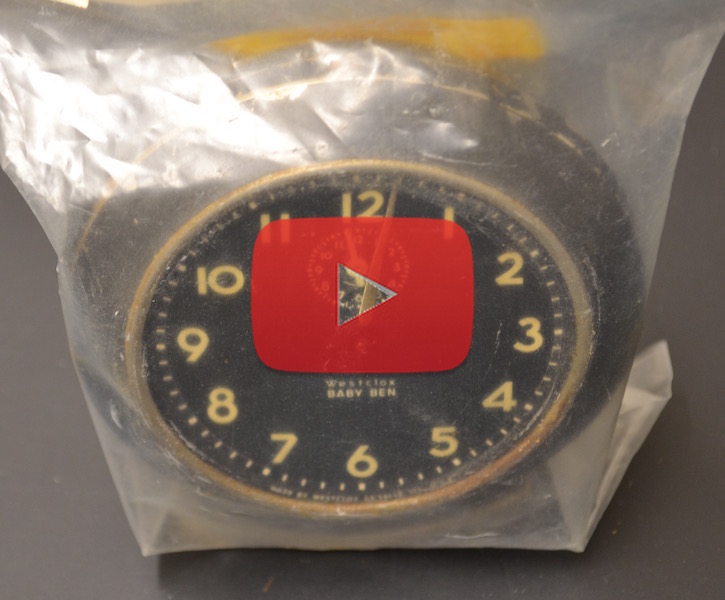 Radium Clock (note: in the video I say "uranium" but it should be "radium." 5 min. SciShow talk on the radium clock painters.
Radium Clock (note: in the video I say "uranium" but it should be "radium." 5 min. SciShow talk on the radium clock painters.
Rocks and ores
-
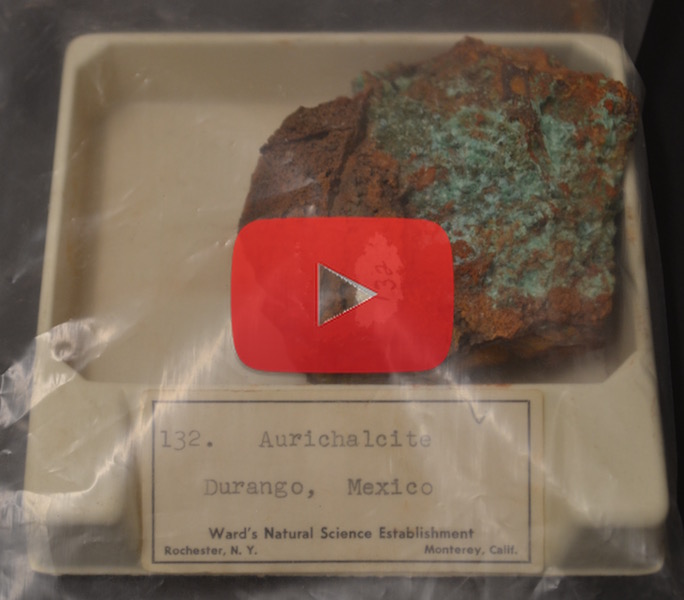 Aurichalcite
Additional information about aurichalcite.(Wikipedia)
Aurichalcite
Additional information about aurichalcite.(Wikipedia)
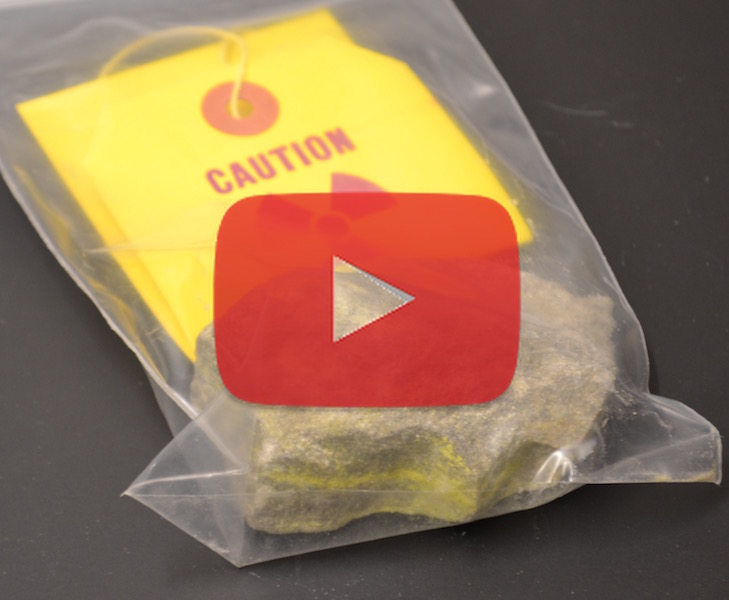 Carnotite I mispronounce carnotite in the video. Additional information about carnotite.(Wikipedia)
Carnotite I mispronounce carnotite in the video. Additional information about carnotite.(Wikipedia)
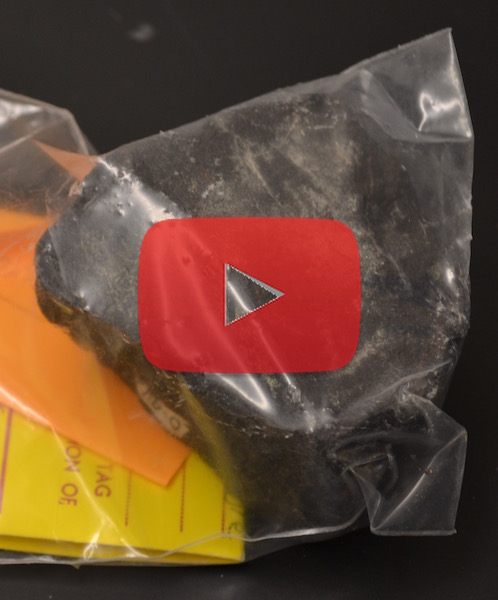 Uraninite Note: I mispronounce uraninite in the video. Additional information about uraninite from galleries.com and mindat.org
Uraninite Note: I mispronounce uraninite in the video. Additional information about uraninite from galleries.com and mindat.org
Non-radioactive Objects
-
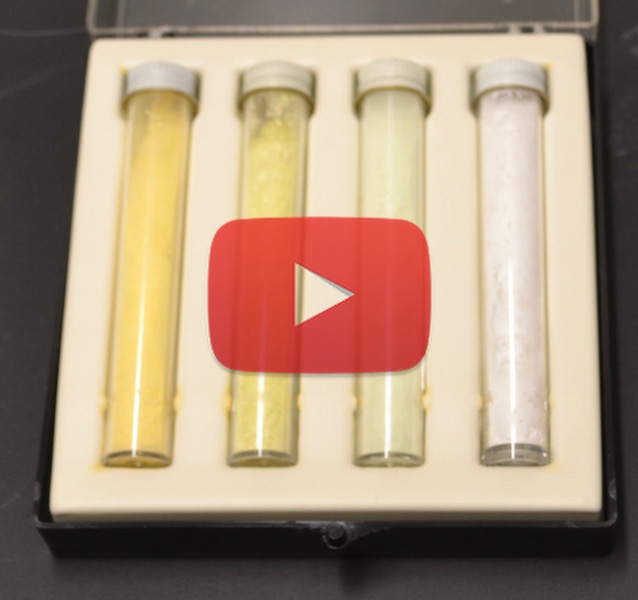 Fluorescent powders The powders glow when exposed to ultraviolet light similar to the uranium glass but no radioactivity is observed. For more information see the Wikipedia article on fluorescence.
Fluorescent powders The powders glow when exposed to ultraviolet light similar to the uranium glass but no radioactivity is observed. For more information see the Wikipedia article on fluorescence.
Useful Links and Information
-
 Periodic Table of the Elements Los Alamos National Laboratory
Periodic Table of the Elements Los Alamos National Laboratory
-
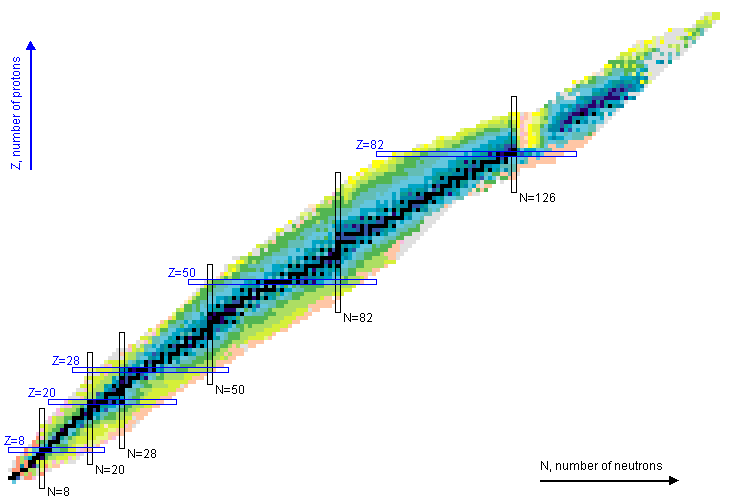 Chart of Nuclides National Nuclear Data Center, Brookhaven National Laboratory
Chart of Nuclides National Nuclear Data Center, Brookhaven National Laboratory
- US EPA Radtown
- UW-Whitewater Radiation Safety Information
Downloadable Excel (.xls and .xlsx) tables containing all of the data shown in the videos.
There are two data files to choose from. The first contains a simplified data analysis area appropriate for introductory (algebra-based physics) students. The second has the same data, but the analysis area allows for more sophisticated calculations as would be appropriate for a calculus-based course or independent study.
Videos of element neutron activation and recording of decay experiment.
Watch the videos below to observe how objects can become radioactive through neutron activation and to observe the rate of decay over time. Data from each experiment can be downloaded separately as .xls tables below, or use the data tables above for the complete set.
Shielding Demonstrations:
Radioactive Objects
Teachers! For Instructor Solutions to the data analysis tables, please contact me at sahyuns@uww.edu.
© 2016, 2007 Steven Sahyun
